How To Choose Right AWS Databases for Your Needs
ProjectPro
JUNE 6, 2025
Explore the world of data analytics with the top AWS databases! Check out this blog to discover your ideal database and uncover the power of scalable and efficient solutions for all your data analytical requirements. Source Code: Orchestrate Redshift ETL using AWS Glue and Step Functions 2.







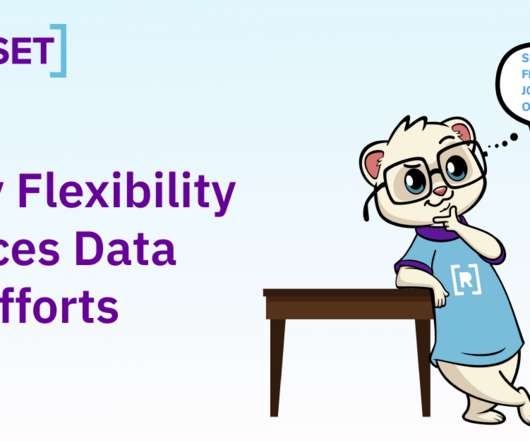
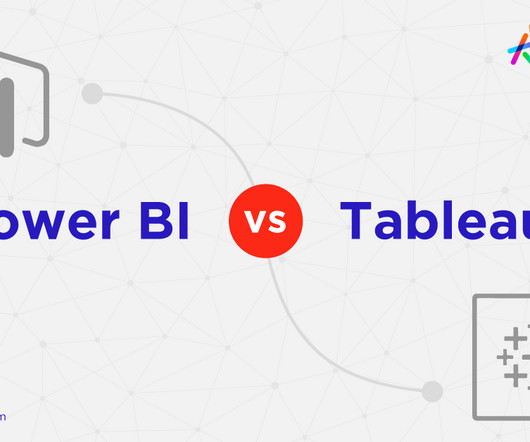
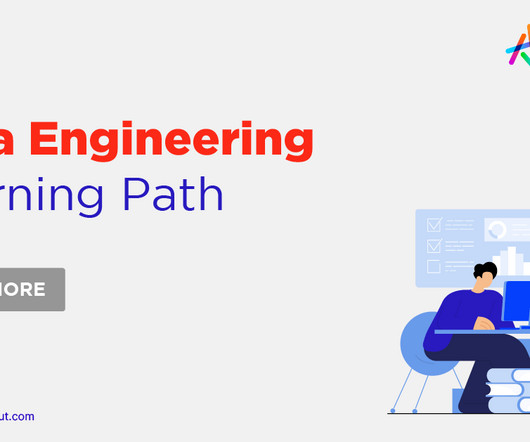
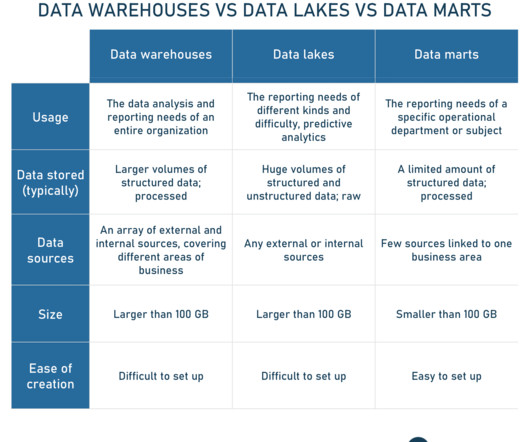
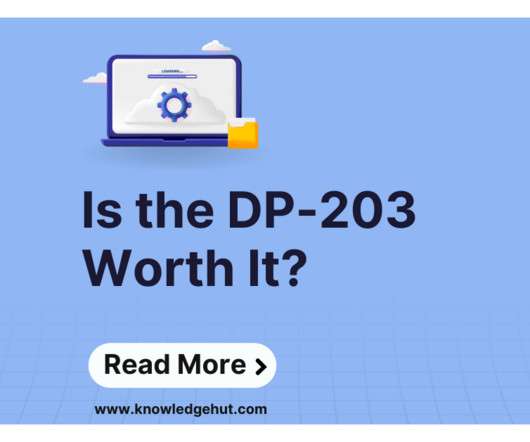
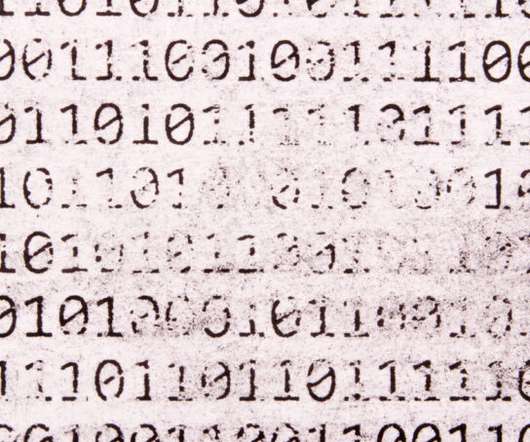
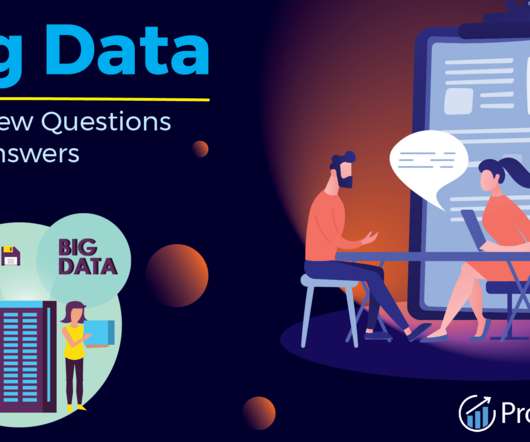
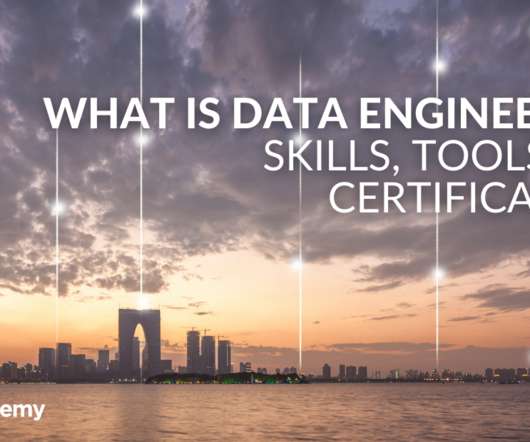


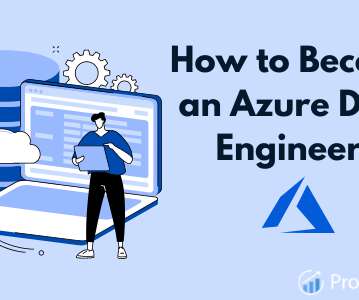









Let's personalize your content